Study of the Electric Response Studies of Materials
The Laboratory for the Electric Response Studies of Materials of CheMaMSE group is equipped with different instrumentations and cells for the investigations on the electrical response of materials. In particular, these techniques permit to understand the conductivity mechanisms and the interplay between the chemico-physical properties and the dielectric relaxations and the electrode and interdomain polarizations of the materials.
To gauge this goal, different techniques are used to study both dielectric and conducting materials (liquid, solid, as powders or membranes in both dry or wet conditions) at different temperatures, relative humidity and pressure of gas:
• Broadband Electric Spectroscopy from 10-5 to 4∙107 Hz: this technique permits to study the electric response of both dielectric and conducting materials (liquid or solid) in the temperature range from -150 to 225°C;
• High Frequency Electric Spectroscopy up to 20 GHz: it is possible to study the conductivity mechanisms and dielectric relaxations of liquid and solid materials (500 MHz -20 GHz, from -40 to 250°C);
• Broadband Electric Spectroscopy at different relative humidity (Pressure, Temperature, Dew point-BES): this home-made instrumentation allows to correlate and investigate the interplay between the electric response and the dielectric relaxations and dielectric/interdomain polarizations of polymeric materials at different relative humidity values (20 Hz ≤ f 10 MHz, 0 < T < 140°C, -20 ≤ Tdp < T (0 ≤ RH ≤ 100%), 1 ≤ p ≤ 20 atm);
• Broadband Electric Spectroscopy under gas pressure: this home-made system allows to study the effect of gas pressure on the electric response of materials. It is possible to use supercritical CO2, N2, air, etc. (20 Hz < f < 1 MHz, 20 < T < 80°C, 1 < PCO2 < 13 MPa).



